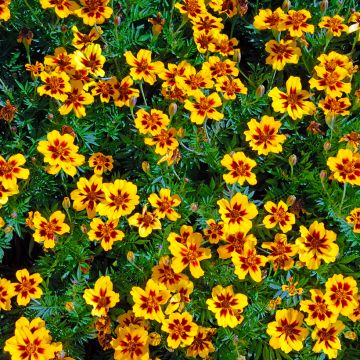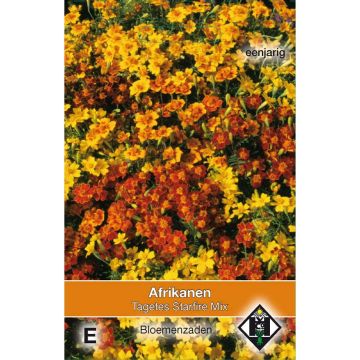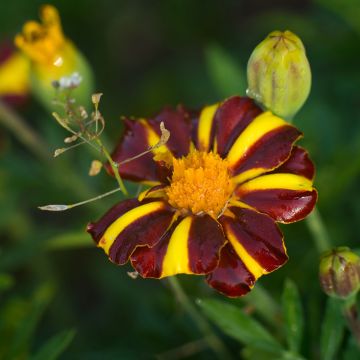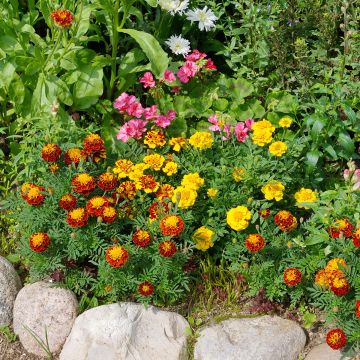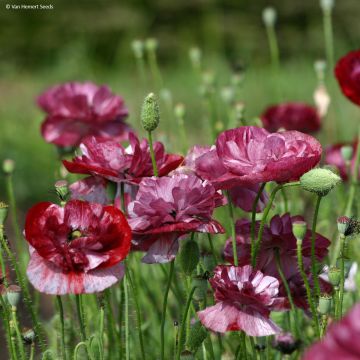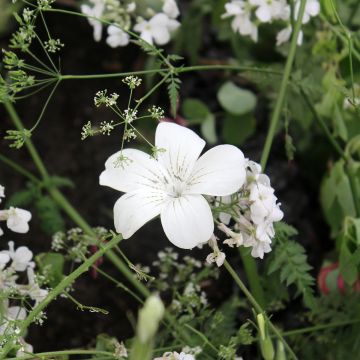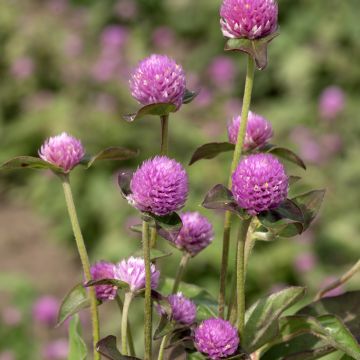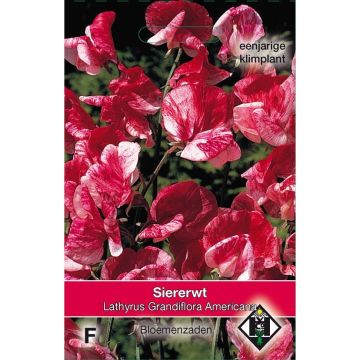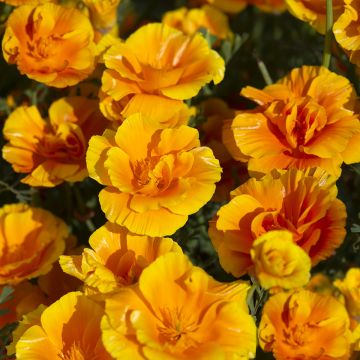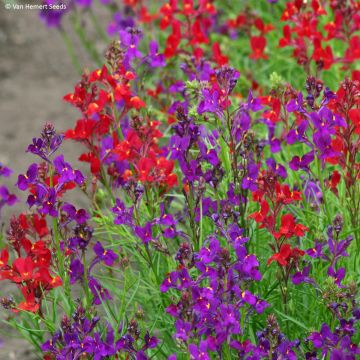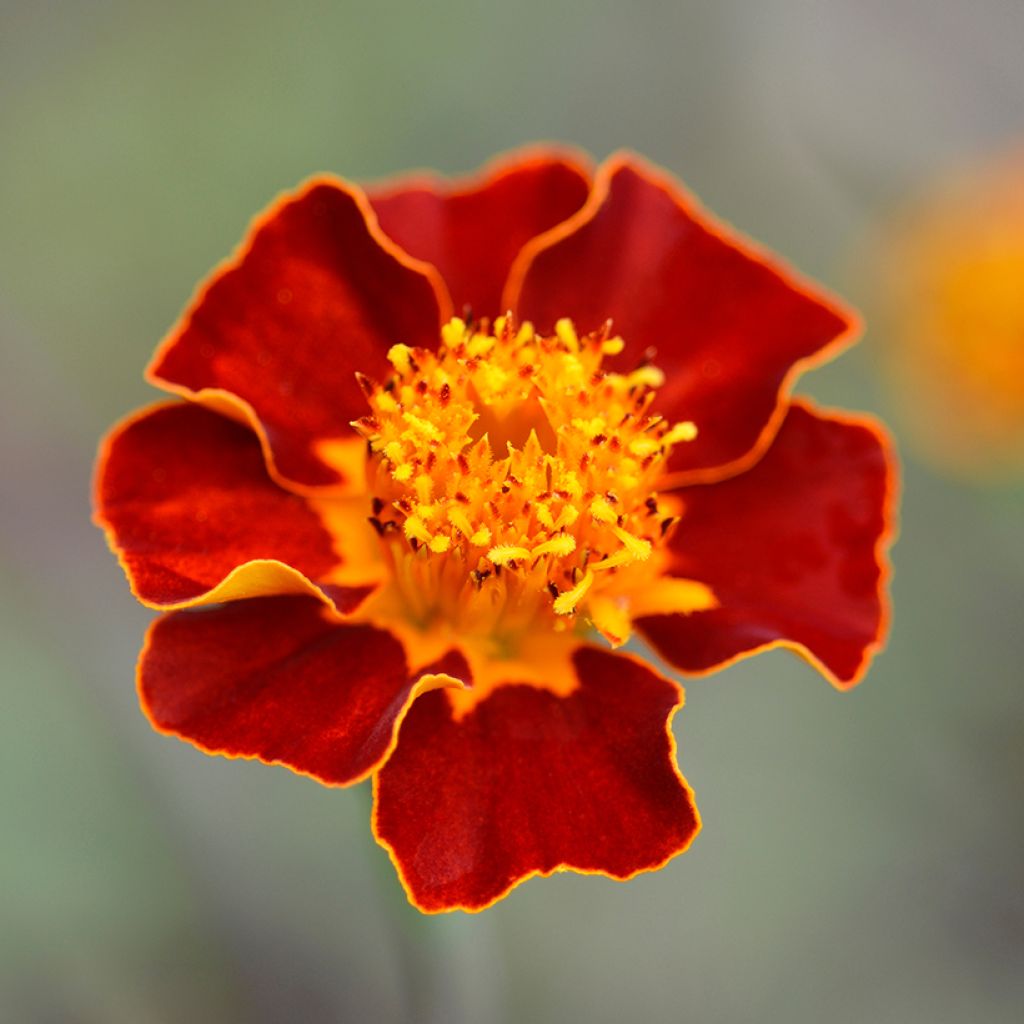

French marigold Burning Embers - Tagetes patula seeds
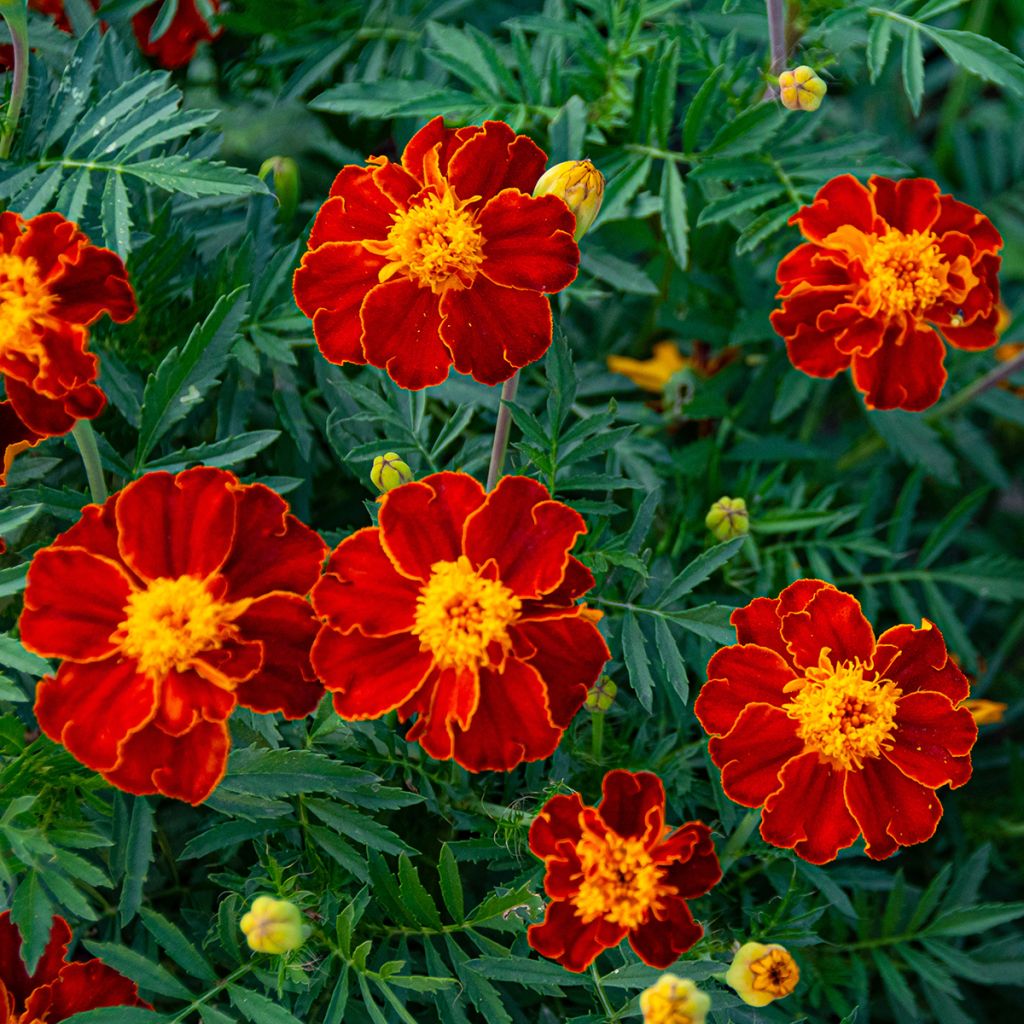

French marigold Burning Embers - Tagetes patula seeds
French marigold Burning Embers - Tagetes patula seeds
Tagetes linnaeus Burning Embers
French marigold
Special offer!
Receive a €20 voucher for any order over €90 (excluding delivery costs, credit notes, and plastic-free options)!
1- Add your favorite plants to your cart.
2- Once you have reached €90, confirm your order (you can even choose the delivery date!).
3- As soon as your order is shipped, you will receive an email containing your voucher code, valid for 3 months (90 days).
Your voucher is unique and can only be used once, for any order with a minimum value of €20, excluding delivery costs.
Can be combined with other current offers, non-divisible and non-refundable.
Home or relay delivery (depending on size and destination)
Schedule delivery date,
and select date in basket
This plant carries a 6 months recovery warranty
More information
We guarantee the quality of our plants for a full growing cycle, and will replace at our expense any plant that fails to recover under normal climatic and planting conditions.
Would this plant suit my garden?
Set up your Plantfit profile →
Description
The 'Burning Embers' French Marigold or Tagetes patula is an annual discovered in the garden of the famous botanist Carl Von Linné, the Swedish Linnaeus Gardens in Uppsala, Sweden. This historic flower has been grown there for many years. It is named after Carl Linnaeus, the father of the binomial Latin nomenclature of species. The flower is as distinguished as its origins, a beautiful mahogany-crimson red, delicately surrounded by a yellow border and illuminated by a yellow stamen heart, it then lightens to orange. The plant is tall, with a natural and airy habit. While it is useful in the vegetable garden, it is also very beautiful in flower beds.
Tagetes patula is an annual herbaceous plant of the aster family, native to tropical regions of the Americas, from Mexico to Bolivia. It quickly forms a small spreading bushy clump, measuring about 25 to 30 cm in all directions. Its dark green and highly dissected aromatic foliage emits an odour that can sometimes be unpleasant. Its flowering extends from June to October, provided that faded flowers are regularly removed.
The 'Burning Embers' variety quickly forms a clump that reaches a height of 60 to 90 cm and produces magnificent single flower heads, with ligulate petals (the peripheral petals of the flower head) in a deep red, tinged with mahogany and bordered by a fine yellow edge. The central disc is yellow. These plants readily self-seed in the garden, although they do not always faithfully reproduce the parent variety.
French Marigolds are easy to sow and grow in well-drained soil, in full sun or partial shade. They bring cheerfulness to summer flower beds where they produce abundant flowers. Their deep and flamboyant colour pairs well with grey foliage, such as Artemisias and Stachys, which can temper their brightness. Golden ornamental grasses are also beautiful companions. They can be paired with the blue flowers of perennial flax, blue salvias, or Damask Nigellas. In the vegetable garden, plant French Marigolds with Dahlias, Agastaches, and Nasturtiums. The flowers are edible and can be used to decorate salads, cakes, and cocktails.
The scent of French Marigold foliage and the substances secreted by their roots repel certain pests harmful to crops, which is why these plants are often planted in the vegetable garden.
Flowering
Foliage
Plant habit
Botanical data
Tagetes
linnaeus
Burning Embers
Asteraceae
French marigold
Cultivar or hybrid
Other Tagetes seeds
View all →Planting and care
Sowing:
Sow from February to April.
Sow on the surface of moist and well-drained seed compost. Cover the seeds with a very thin layer of vermiculite or compost. Put the seedlings in a mini greenhouse or a polythene bag at a constant temperature of 20 to 25° until germination, which usually takes 7 to 21 days. Do not deprive them of light, as this promotes germination.
When the young plants are developed enough to be handled, transplant them into a tray or 8 cm pots. Acclimatise them to cooler conditions for 10 to 15 days before watering and planting them outside at a distance of 15 - 20 cm and as soon as frost is no longer a concern.
Culture:
These fast-growing plants thrive in sunny and warm locations. Plant them in fertile, well-drained, light soil. Avoid excessive watering in summer, as it promotes the development of fungal diseases and root rot. Regularly remove faded flowers to prolong flowering. Protect the plants from slugs and snails.
Sowing period
Intended location
Planting & care advice
This item has not been reviewed yet - be the first to leave a review about it.
Similar products
Haven't found what you were looking for?
Hardiness is the lowest winter temperature a plant can endure without suffering serious damage or even dying. However, hardiness is affected by location (a sheltered area, such as a patio), protection (winter cover) and soil type (hardiness is improved by well-drained soil).

Photo Sharing Terms & Conditions
In order to encourage gardeners to interact and share their experiences, Promesse de fleurs offers various media enabling content to be uploaded onto its Site - in particular via the ‘Photo sharing’ module.
The User agrees to refrain from:
- Posting any content that is illegal, prejudicial, insulting, racist, inciteful to hatred, revisionist, contrary to public decency, that infringes on privacy or on the privacy rights of third parties, in particular the publicity rights of persons and goods, intellectual property rights, or the right to privacy.
- Submitting content on behalf of a third party;
- Impersonate the identity of a third party and/or publish any personal information about a third party;
In general, the User undertakes to refrain from any unethical behaviour.
All Content (in particular text, comments, files, images, photos, videos, creative works, etc.), which may be subject to property or intellectual property rights, image or other private rights, shall remain the property of the User, subject to the limited rights granted by the terms of the licence granted by Promesse de fleurs as stated below. Users are at liberty to publish or not to publish such Content on the Site, notably via the ‘Photo Sharing’ facility, and accept that this Content shall be made public and freely accessible, notably on the Internet.
Users further acknowledge, undertake to have ,and guarantee that they hold all necessary rights and permissions to publish such material on the Site, in particular with regard to the legislation in force pertaining to any privacy, property, intellectual property, image, or contractual rights, or rights of any other nature. By publishing such Content on the Site, Users acknowledge accepting full liability as publishers of the Content within the meaning of the law, and grant Promesse de fleurs, free of charge, an inclusive, worldwide licence for the said Content for the entire duration of its publication, including all reproduction, representation, up/downloading, displaying, performing, transmission, and storage rights.
Users also grant permission for their name to be linked to the Content and accept that this link may not always be made available.
By engaging in posting material, Users consent to their Content becoming automatically accessible on the Internet, in particular on other sites and/or blogs and/or web pages of the Promesse de fleurs site, including in particular social pages and the Promesse de fleurs catalogue.
Users may secure the removal of entrusted content free of charge by issuing a simple request via our contact form.
The flowering period indicated on our website applies to countries and regions located in USDA zone 8 (France, the United Kingdom, Ireland, the Netherlands, etc.)
It will vary according to where you live:
- In zones 9 to 10 (Italy, Spain, Greece, etc.), flowering will occur about 2 to 4 weeks earlier.
- In zones 6 to 7 (Germany, Poland, Slovenia, and lower mountainous regions), flowering will be delayed by 2 to 3 weeks.
- In zone 5 (Central Europe, Scandinavia), blooming will be delayed by 3 to 5 weeks.
In temperate climates, pruning of spring-flowering shrubs (forsythia, spireas, etc.) should be done just after flowering.
Pruning of summer-flowering shrubs (Indian Lilac, Perovskia, etc.) can be done in winter or spring.
In cold regions as well as with frost-sensitive plants, avoid pruning too early when severe frosts may still occur.
The planting period indicated on our website applies to countries and regions located in USDA zone 8 (France, United Kingdom, Ireland, Netherlands).
It will vary according to where you live:
- In Mediterranean zones (Marseille, Madrid, Milan, etc.), autumn and winter are the best planting periods.
- In continental zones (Strasbourg, Munich, Vienna, etc.), delay planting by 2 to 3 weeks in spring and bring it forward by 2 to 4 weeks in autumn.
- In mountainous regions (the Alps, Pyrenees, Carpathians, etc.), it is best to plant in late spring (May-June) or late summer (August-September).
The harvesting period indicated on our website applies to countries and regions in USDA zone 8 (France, England, Ireland, the Netherlands).
In colder areas (Scandinavia, Poland, Austria...) fruit and vegetable harvests are likely to be delayed by 3-4 weeks.
In warmer areas (Italy, Spain, Greece, etc.), harvesting will probably take place earlier, depending on weather conditions.
The sowing periods indicated on our website apply to countries and regions within USDA Zone 8 (France, UK, Ireland, Netherlands).
In colder areas (Scandinavia, Poland, Austria...), delay any outdoor sowing by 3-4 weeks, or sow under glass.
In warmer climes (Italy, Spain, Greece, etc.), bring outdoor sowing forward by a few weeks.































